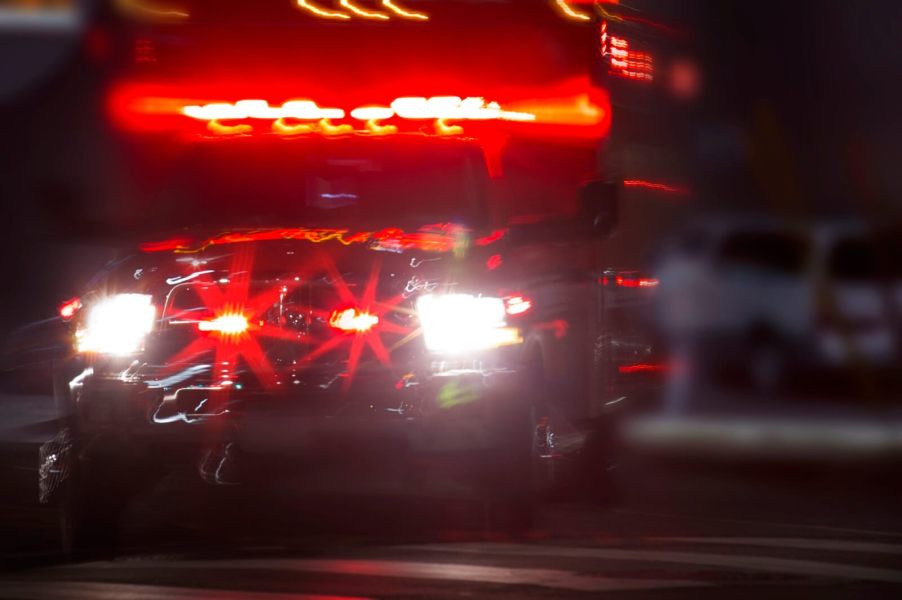
5 Things I Learned as an Ambulance Driver in the United States
Ambulances run in the United States all day, every day. However, unlike other driving-intensive jobs, being an ambulance driver requires more than a driver’s license and a clean driving record. Public safety professionals like emergency medical technicians (EMTs), paramedics, and firefighters have emergency medical and rescue training as well as driver training to handle the needs of driving an ambulance. Here are a few of the things I learned driving an ambulance stateside.
An ambulance driver is more than a chauffeur for the sick and injured, they’re EMTs and paramedics who require specific driving skills and tips to serve the community
Becoming an EMT is easier said than done. Students must study to the standard and take the dreaded National Registry of EMTs (NREMT). It’s a test that fails between 30 and 40% of first-time test-takers. However, emergency medical personnel drive ambulances as a sizable part of their jobs. Here are a handful of things I learned driving the old Krankenwagen as a full-time firefighter/EMT.
- Motorists are more distracted than you think
- Lights and sirens aren’t enough to clear an intersection
- Learning the local streets and highways is a must
- Drive proactively
- Stay on top of your checklist
As you might expect, ambulance drivers have to be aware, both in emergencies and routine driving. After all, a Type-1 ambulance on a truck chassis is a sizable vehicle to maneuver on city streets and in dense traffic. Consequently, I quickly realized that drivers are even more distracted than you might think. So much so that they’ll cut off a large red-and-while box and wheels even with sirens blaring.
That said, one of the most dangerous maneuvers an ambulance driver faces is clearing intersections. Even with lights and sirens, motorists won’t hear, see, or simply ignore a Code-3 ambulance at an intersection. As such, I would always change the tone of my siren and slow down to clear intersections.
Beyond the dangers of distracted drivers, emergency personnel like EMTs, paramedics, and firefighters should learn as many local streets and highways as they can manage. Many departments rely on GPS-enabled apps to find addresses for calls and the best route to a nearby hospital. However, sometimes these tools fail and drivers must rely on their knowledge of the streets.
Finally, I learned that EMTs and paramedics behind the wheel of an “ambo” should drive proactively and stay on top of their checklist. For instance, the team should replace consumable medical equipment like gauze, intravenous equipment, or 12-lead ECG connections after every call.



